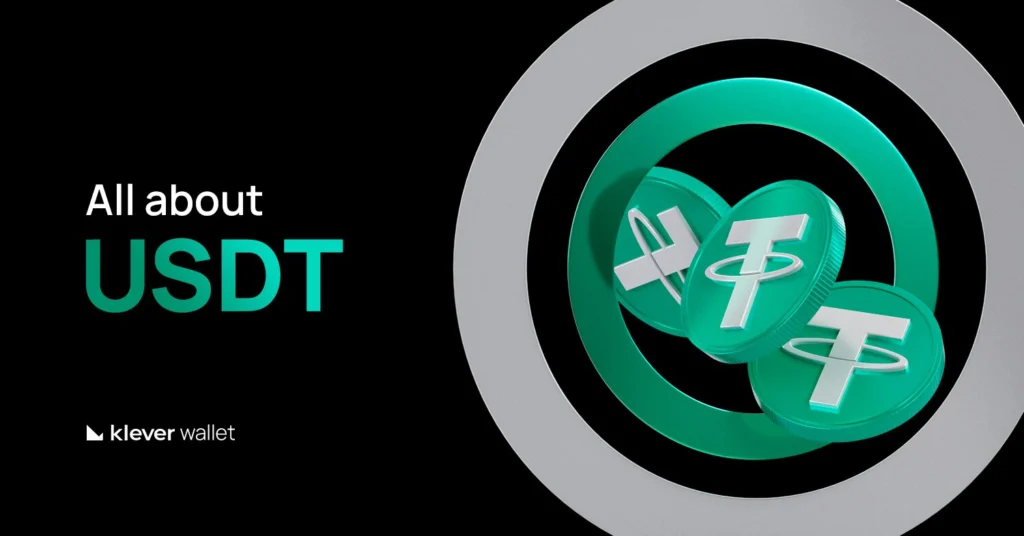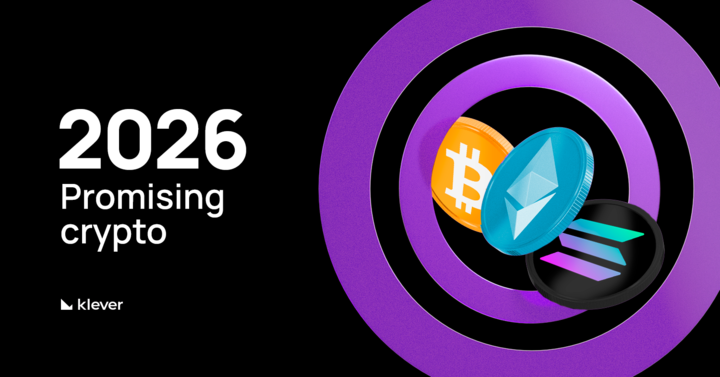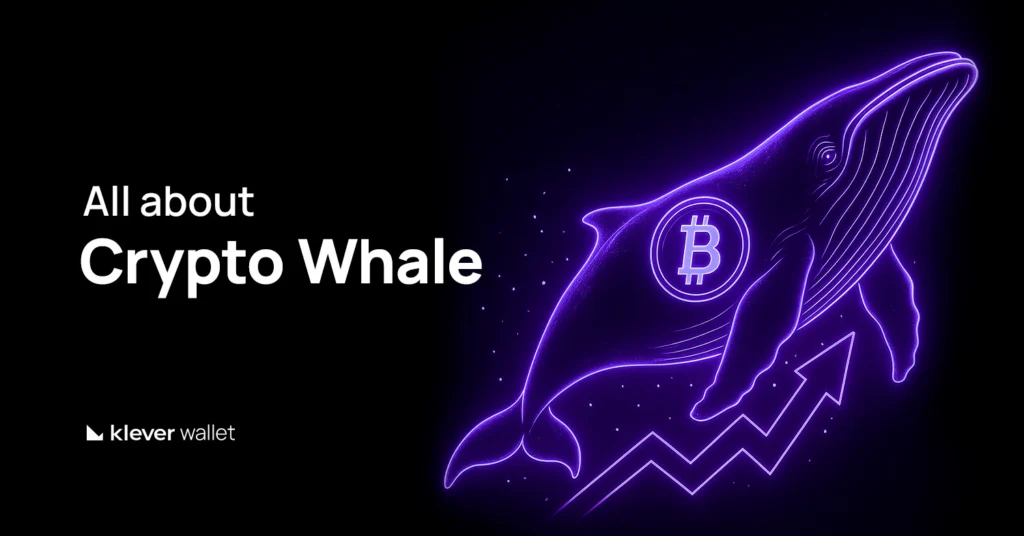
Main Information About USDT
| Token Name | Tether |
| Ticker | USDT |
| Category | Fiat‑pegged stablecoin |
| Founder(s) | Brock Pierce, Craig Sellars, Reeve Collins; later including Giancarlo Devasini |
| Blockchain | Originally Bitcoin (Omni), now Ethereum, TRON, Algorand, Solana, EOS, Avalanche etc. |
| Consensus | Centrally issued (not mined); tokens minted/burned by Tether Limited |
| Launch Date | October 6, 2014 (real issuance); rebranded Nov 20, 2014 |
| Explorer | Tether.io |
| Supply | ~163–164 billion USDT in circulation (2025); unlimited cap; fully backed reserves |
What Is Tether (USDT)?
Tether (USDT) is the world’s most widely used stablecoin, maintaining a 1:1 peg with the U.S. dollar.
Backed by reserves held by Tether Holdings Ltd., USDT plays a vital role in the global crypto economy—offering stability, liquidity, and dollar-based access across multiple blockchains.
As of 2025, Tether manages over $140 billion in USDT circulation, making it the most traded cryptocurrency by daily volume.
Why Was USDT Created?
USDT was launched in 2014 by Tether Holdings Ltd., initially on the Bitcoin blockchain via the Omni Layer protocol.
Its goal was to reduce the impact of the volatility typical of cryptocurrencies by offering a stable digital asset pegged to the value of the U.S. dollar (1 USDT = 1 USD).
The main objectives were:
- To facilitate transactions in the crypto market without users needing to convert to fiat currency.
- To provide a digital alternative to the dollar for traders and investors.
- To help people in countries with unstable currencies or limited access to banking services protect their purchasing power.
- To ensure liquidity and speed in international transfers while maintaining a stable value.
Its mission is to combine the benefits of blockchain technology with the stability of real-world currencies.
How USDT Works?
The functionality of USDT combines token issuance backed by reserves and blockchain registration, allowing for fast and stable transactions within the crypto ecosystem.
- Issuance and Reserve Backing
- Token Creation: Tether Holdings Ltd. issues USDT when it receives deposits in dollars or equivalent assets.
- Backing: Each USDT is backed by reserves consisting of cash, cash equivalents, U.S. Treasury bonds, and other high-liquidity assets.
- 1:1 Parity: The reserve ensures that at any time, one USDT can be redeemed for approximately 1 USD.
- Blockchain Registration
USDT tokens are issued on multiple blockchains, including Bitcoin (via Omni Layer), Ethereum (ERC-20), TRON (TRC-20), Solana, Polygon, and others.
This enables interoperability and use across various DeFi networks, exchanges, and wallets.
- Issuance and Redemption Cycle
- Deposit → Issuance: Users or institutional partners send USD to Tether Holdings, which issues the equivalent amount in USDT.
- Redemption → Burn: When USDT is returned for redemption, Tether burns (removes) those tokens and returns the value in dollars.
- Audit and Transparency
Tether regularly publishes reserve reports to demonstrate the ratio between USDT in circulation and assets held in custody.
These reports are audited by third-party firms to reinforce credibility and trus
Key Features of USDT
Multi‑Blockchain Support
USDT exists simultaneously on multiple blockchains—including Ethereum (ERC‑20), TRON (TRC‑20), Solana, Avalanche, Polkadot, Tezos, Algorand, EOS, Liquid Network, Bitcoin Omni/SLP and more—ensuring wide interoperability and fast transfer capability.
Liquidity & Trading Utility
As the most traded stablecoin by volume and liquidity, USDT offers traders, exchanges, funds, and decentralized finance (DeFi) protocols a reliable base currency to reduce volatility and arbitrage across trading platforms.
Fiat Gateway & Value Anchor
USDT serves as a bridge between traditional finance and digital assets. It enables users to move value without converting into cash—providing settlement, trading, and remittance capabilities with price stability and minimal fees.
Why USDT is Essential for Crypto Asset Trading
- Price Stability: Tether maintains a consistent value, serving as a reliable unit of account in crypto markets.
- High Liquidity: As the most traded stablecoin, USDT is listed on nearly all major exchanges.
- Bridge to Fiat Currencies: Users can enter or exit the crypto market using USDT without needing to convert to traditional currencies.
- Compatibility with DeFi: Tether is accepted by major decentralized applications, making it essential for lending, liquidity pools, and staking.
Real-World Use Cases of USDT
USDT is not just a trading tool; it powers various real-world applications, including:
- International Payments and Remittances
USDT is widely used for fast, low-cost global transfers. Available on networks like Ethereum, TRON, and Solana, it allows sending funds in minutes, avoiding high bank fees and unfavorable exchange rates. - Protection Against Inflation and Currency Crises
In countries with unstable currencies—such as Argentina and Venezuela—USDT is used as a store of value, protecting purchasing power and preventing losses caused by local currency devaluation. - Liquidity for Trading and DeFi
USDT is one of the main trading pairs on centralized and decentralized exchanges. It is also used in staking, lending, and liquidity pools, facilitating operations within the DeFi ecosystem. - Corporate Payments and International Payroll
Businesses adopt USDT for payments to suppliers and employees abroad, eliminating delays and costs associated with traditional international transfers. - Commodity Market Transactions
Tether has been expanding the use of USDT in agricultural and energy commodity transactions, speeding up payments and reducing costs in global supply chains. - Humanitarian Donations and International Aid
NGOs and aid organizations use USDT to distribute resources quickly and securely, bypassing banking barriers and ensuring the value reaches beneficiaries directly. - P2P Platforms and Financial Inclusion
P2P services using USDT enable freelancers and unbanked communities to receive and convert payments conveniently and securely.
What’s the Difference Between USDT and USDC?
Both USDT and USD Coin (USDC) are stablecoins pegged 1:1 to the U.S. dollar—but they differ in how they’re managed, how they’re backed, and who they’re built for.
Here’s what really sets them apart:
| Category | USDT | USDC |
| 1. Market Dominance | ~$158B market cap, most traded stablecoin globally with 400M+ users | ~$60B market cap, strong institutional growth, especially in the U.S. |
| 2. Blockchain Support | Available on 10+ blockchains (Ethereum, TRON, Solana, Avalanche, Polygon, etc.) | Multi-chain (Ethereum, Base, Optimism, Solana), but less CEX/DEX integration |
| 3. Transparency & Reserves | Daily supply reports, quarterly attestations, includes loans/precious metals | Monthly attestations by U.S. firms, fully backed by cash & short-term Treasuries |
| 4. Regulatory Compliance | Offshore issuer, past legal issues, now improving law enforcement cooperation | U.S.-based (Circle), strict KYC/AML compliance, trusted by institutions |
| 5. Use Cases | Dominant in trading, arbitrage, and global transfers; low fees on TRON | Popular in DeFi, Web3, and enterprise payments; preferred for compliance-first use |
Is USDT Safe in 2025?
For short-term use and trading, USDT is widely considered safe. It is backed by liquid reserves and operates on reputable chains. Tether has also improved compliance and transparency in recent years.
However, long-term holding still carries some risks:
- No full audit yet
- Legal/regulatory concerns persist in some regions
- Reliance on offshore jurisdictions (e.g., British Virgin Islands)
Tip: If you’re using USDT for short-term trading or DeFi, it remains one of the most liquid and accessible stablecoins available.
For long-term storage, consider using non-custodial wallets like Klever Wallet for enhanced security and full control over your assets.
USDT Tokenomics
1. Overview
- Token Symbol: $USDT
- Blockchain: USDT exists on multiple blockchains including Ethereum (ERC‑20), Tron (TRC‑20), Omni (Bitcoin), Solana, Algorand, EOS, Liquid, Near, Tezos, and others
- Utility: Primarily used as a stablestore of value, trading pair, liquidity medium, remittance tool, and hedge against volatility
2. Allocation and Supply
- Total Supply: No fixed maximum; supply expands or contracts based on demand and reserve inflows or redemptions.
- Circulating Supply: Approximately 163.8 billion USDT (~163,758,281,649 tokens).
- Supply Allocation: Issuance corresponds 1:1 to fiat deposits made by institutional or corporate clients. Tokens remain redeemable for USD by qualified entities; they enter public circulation via exchanges and liquidity providers
3. Utility and Rewards
- In‑Blockchain Use:
- Transfers and payments across multiple blockchains
- Provides liquidity and trading pairs globally.
- Transfers and payments across multiple blockchains
- Staking:
- USDT generally does not support staking or yield‑earning via protocol governance
- Some platforms may offer yield by lending or liquidity provision, but that’s third‑party and not inherent to USDT
- USDT generally does not support staking or yield‑earning via protocol governance
- Governance:
- USDT does not have decentralized governance tokens or voting through holders
4. Economic Model
- Deflationary Mechanisms:
- None. USDT is inflationary or deflationary based solely on fiat-backed issuance/redemption, not built‑in burns or tokenomics rules
- None. USDT is inflationary or deflationary based solely on fiat-backed issuance/redemption, not built‑in burns or tokenomics rules
- Reward Distribution:
- No built-in reward flows. Stability is maintained via backing, not transaction fees or governance incentives
5. Market Performance:
- Current Price: ~$0.9999 – 0.9999 USD
- Market Cap: ~$164.5 billion
- All‑Time Low: ~$0.5683 on March 2, 2015
- All‑Time High: ~$1.22 on February 25, 2015
- Circulating Supply: ~164.53 billion USDT
- 24‑Hour Volume: ~$149 billion
For real-time price tracking and market data, platforms like CoinMarketCap and CoinGecko provide up-to-date metrics on USDT´s price, trading volume, and historical performance.
For a quick market overview, use Coin360 to instantly see whether USDT is gaining or losing value compared to other cryptocurrencies.
How to Store USDT Safely with Klever Wallet
Let’s be honest: no one wants to stress over private keys, network fees, or whether their USDT is on the “right” blockchain.
With Klever, you don’t have to.
If you’re using Tether USD (USDT) to protect your assets from crypto volatility, where you store it is just as important as why you’re holding it.
That’s exactly what Klever Wallet is built for: giving you full control of your money, minus the headaches or technical barriers.
Why Use Klever to Store USDT?
- Full Self-Custody: Only you hold the private keys—your USDT Klever Wallet stays under your control.
- Multi-Chain Support: Manage USDT on Ethereum, TRON, Solana, and other networks in one place.
- Built-In Swaps: Instantly swap USDT to other tokens without needing a centralized exchange.
- Cross-Platform Access: Use Klever Wallet on mobile or desktop, with seamless syncing and in-app features.
Ready to manage your USDT the Klever way?
Download Klever Wallet and take control of your crypto—securely, simply, and on your terms.
Frequently Asked Questions (FAQ) About USDT
1. What Is Tether USD (USDT) Used For?
Tether USD (USDT) is a stablecoin used to store value, trade crypto without converting to fiat, and move money across borders instantly. It’s widely accepted on centralized exchanges, DeFi platforms, and payment apps, making it a practical tool for avoiding volatility while staying inside the crypto ecosystem.
2. Is USDT Safe to Hold?
claims that every USDT token is backed 1:1 by reserves, including cash, U.S. Treasury bills, and other assets. While the company publishes daily transparency reports and quarterly attestations, some users remain cautious due to the lack of a full independent audit.
Tip: For safer storage, always use a non-custodial wallet like Klever Wallet, where you control your keys and access.
3. Can I Redeem USDT for USD Directly?
In theory, yes—but in practice, only large institutions with KYC verification and a minimum of $100,000 can redeem USDT directly through Tether. For everyday users, redemptions are typically done via centralized exchanges like Binance, Bitfinex, or Kraken.
4. Why Use USDT Instead of USDC or DAI?
Despite rising competition, USDT remains the most liquid stablecoin with the highest trading volume and support across the largest number of exchanges and blockchains. It’s available on Ethereum, TRON, Solana, and over 10 other networks, giving users flexibility in fees and speed.
5. What Can I Do With USDT Besides Holding?
There are many real-world use cases for USDT, including:
- Trading and arbitrage across platforms
- DeFi lending and yield farming
- Cross-border payments
- Storing value in stable assets during bear markets
- Swapping USDT to other tokens inside wallets like Klever
6. Why Do People Still Use USDT Despite the Controversies?
USDT remains dominant because of one thing: network effect. It’s integrated into almost every exchange, bridge, and DeFi platform. Even with newer, more transparent alternatives like USDC and DAI, many users stick with Tether because of its availability, deep liquidity, and ease of use.




